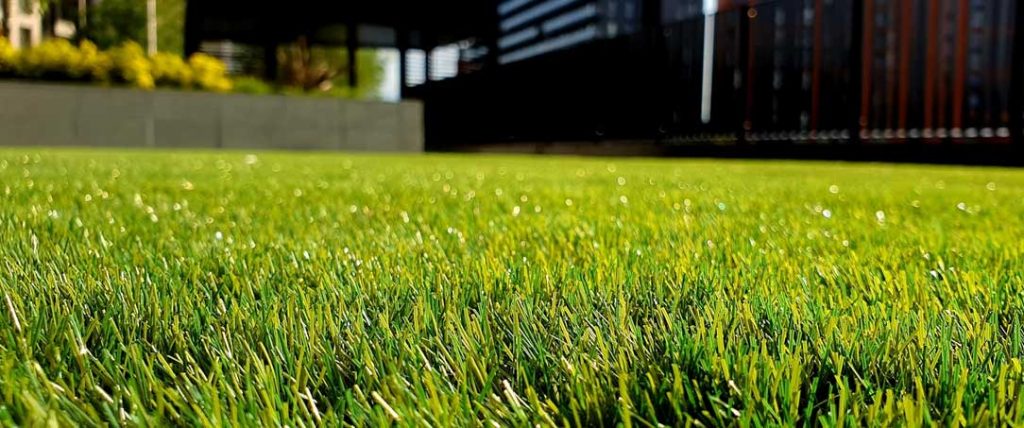Fall is a crucial time for lawn care as it sets the stage for a healthy and vibrant lawn next spring. With the right steps, you can help your lawn recover from summer stress and prepare it to endure the harsh winter months. Here are some essential tips for effective fall lawn care:
1. Keep Mowing but Adjust the Height
- Continue mowing your lawn throughout the fall until the grass stops growing. Gradually lower the cutting height of your mower to leave the grass shorter going into winter. This helps prevent snow mold and reduces the risk of pests and diseases.
2. Rake Leaves Regularly
- Fallen leaves can block sunlight, trap moisture, and create an environment for fungi to thrive. Regularly raking or mulching leaves with a mower ensures that your lawn gets the necessary air and light, preventing mold and other issues.
3. Aerate the Soil
- Aerating helps reduce soil compaction and allows water, nutrients, and oxygen to reach the grass roots. Fall is an excellent time to aerate because the cool weather helps the grass recover quickly. Core aerators, which remove small plugs of soil, are most effective.
4. Fertilize for Strong Roots
- Apply a high-potassium fall fertilizer to strengthen the grass roots and prepare them for winter. This late-season feeding helps the lawn green up faster in the spring. Choose a slow-release fertilizer to provide nutrients over a longer period.
5. Overseed Bare Spots
- Fall is the ideal time to overseed your lawn, as the cooler temperatures encourage new grass growth. Focus on thinning areas or bare spots to thicken your lawn and reduce weed competition in the spring.
6. Control Weeds
- Applying a post-emergent herbicide in the fall helps control weeds like dandelions and clover, which are storing nutrients for winter. Targeting weeds now will prevent them from coming back stronger in the spring.
7. Water as Needed
- Even though fall often brings more rain, it’s essential to keep your lawn hydrated, especially if it’s been dry. Water your lawn deeply and less frequently to encourage deep root growth.
8. Clean Up Lawn Debris
- Remove any debris like sticks, branches, and thatch buildup that could smother your grass. A clean lawn promotes better air circulation and reduces the risk of diseases.
9. Adjust Your Irrigation System
- As temperatures drop, reduce watering frequency. If your area experiences freezing temperatures, be sure to winterize your irrigation system to prevent pipes from freezing and bursting.
10. Edge Your Lawn and Garden Beds
- Fall is a great time to sharpen the lines between your lawn and garden beds. Edging gives your lawn a clean look and helps keep grass from creeping into unwanted areas.
11. Test Your Soil pH
- Fall is an excellent time to test your soil’s pH level and add lime if needed. Correcting the pH helps your grass absorb nutrients more effectively, promoting healthier growth.
12. Keep an Eye Out for Pests and Diseases
- Inspect your lawn regularly for signs of pests or diseases. Early identification and treatment can prevent more extensive damage before winter sets in.
By following these fall lawn care tips, you can ensure that your lawn remains healthy, resilient, and ready to bounce back beautifully when spring arrives.

